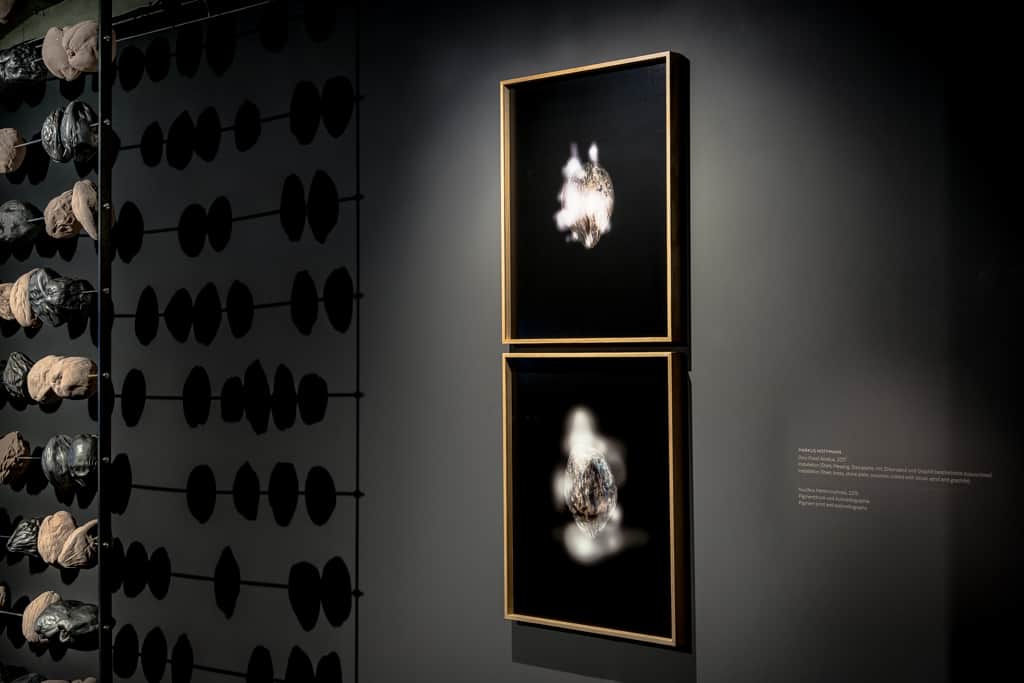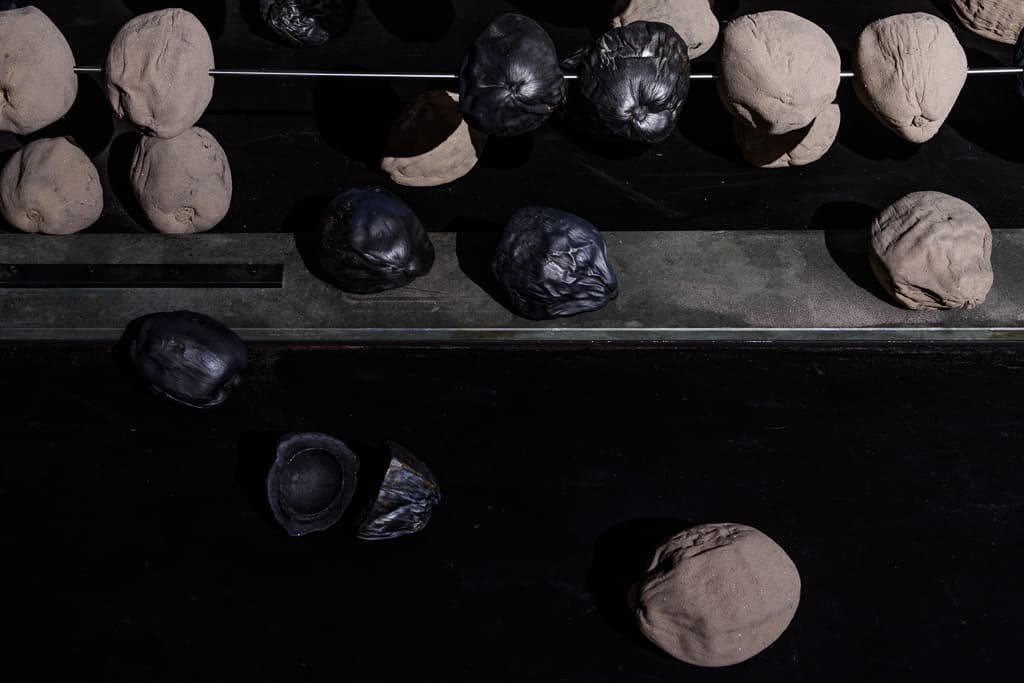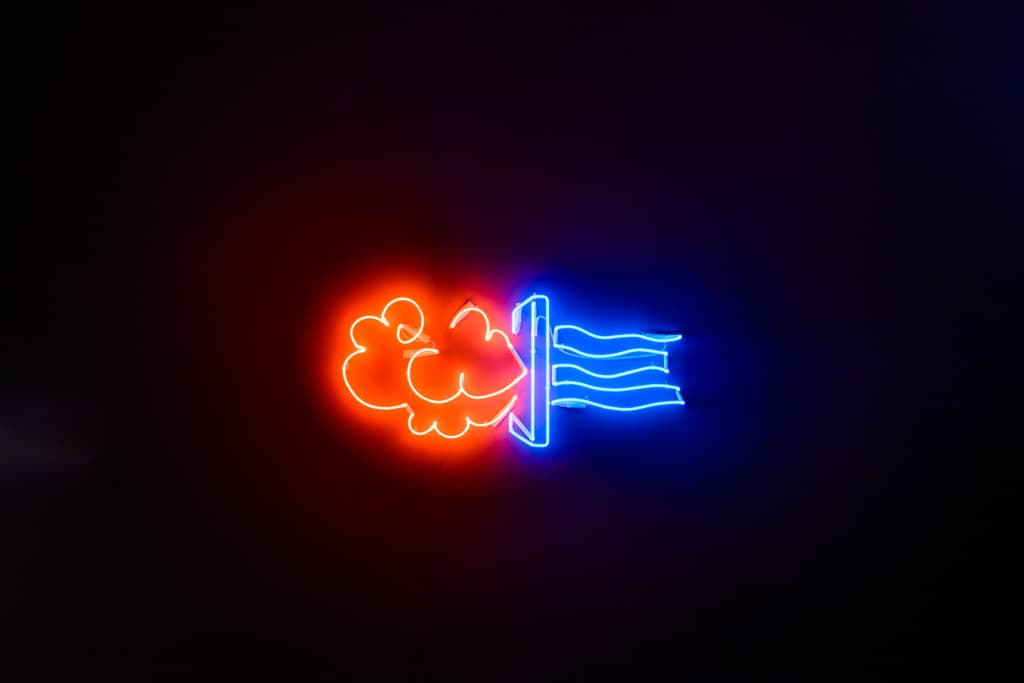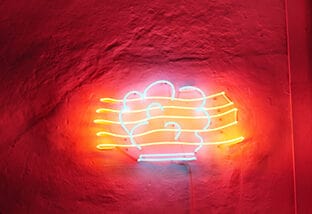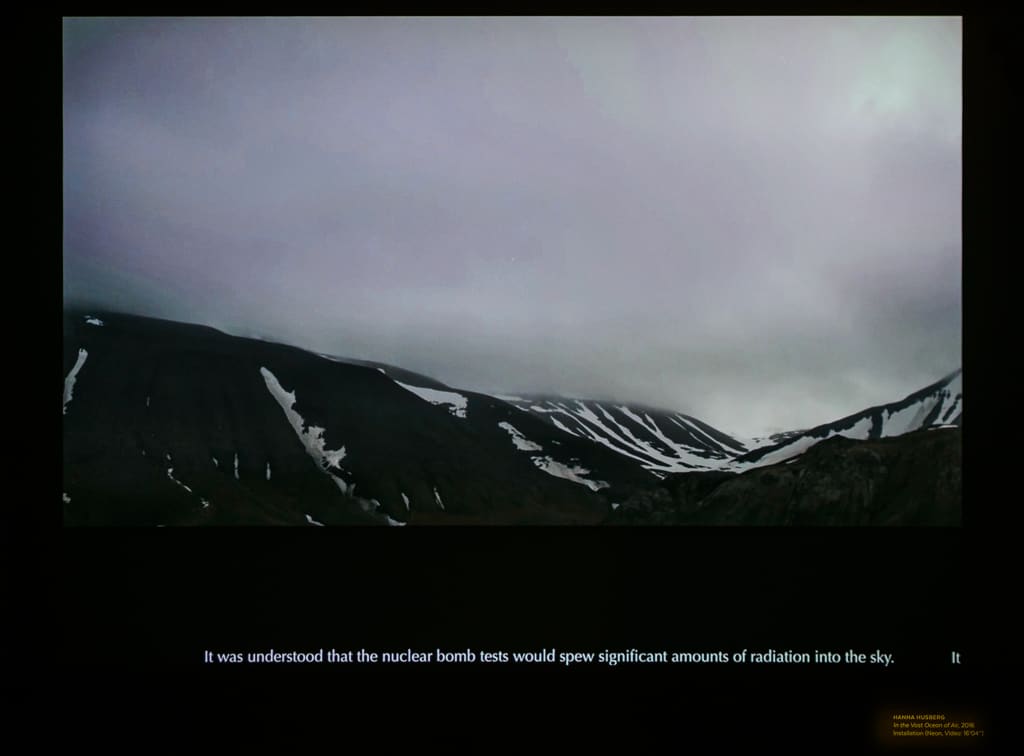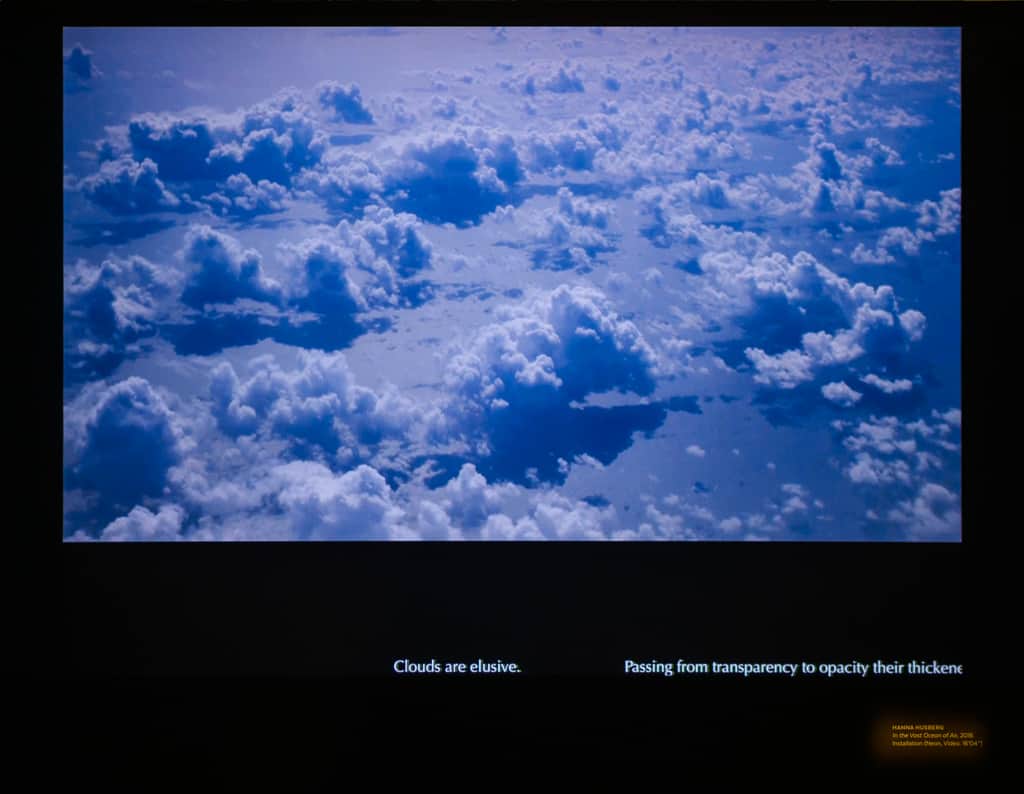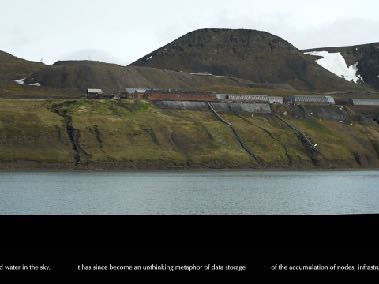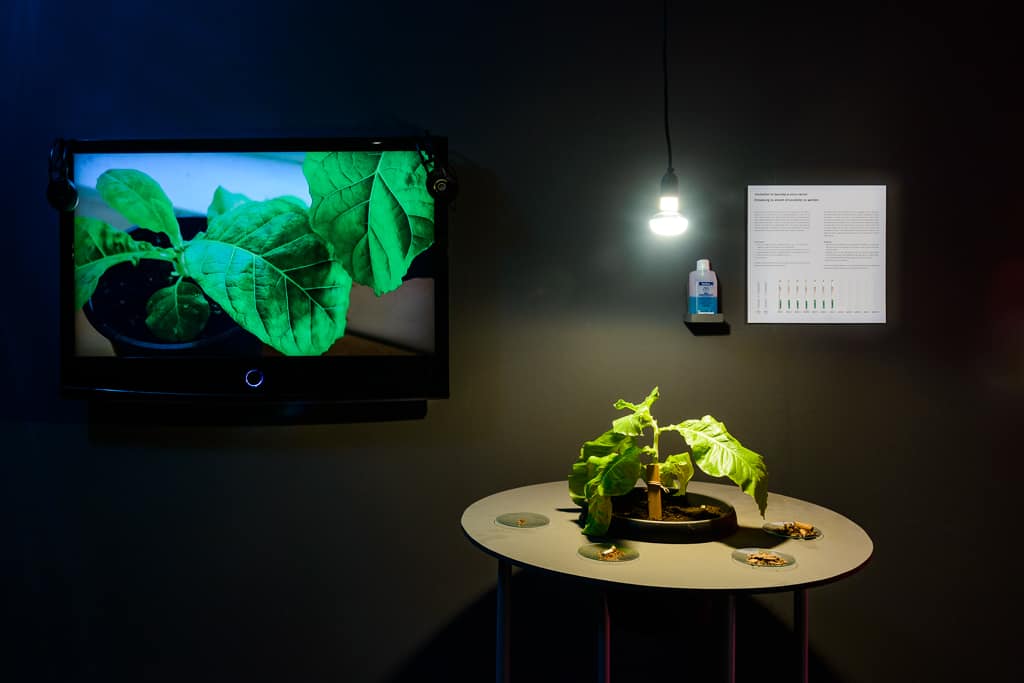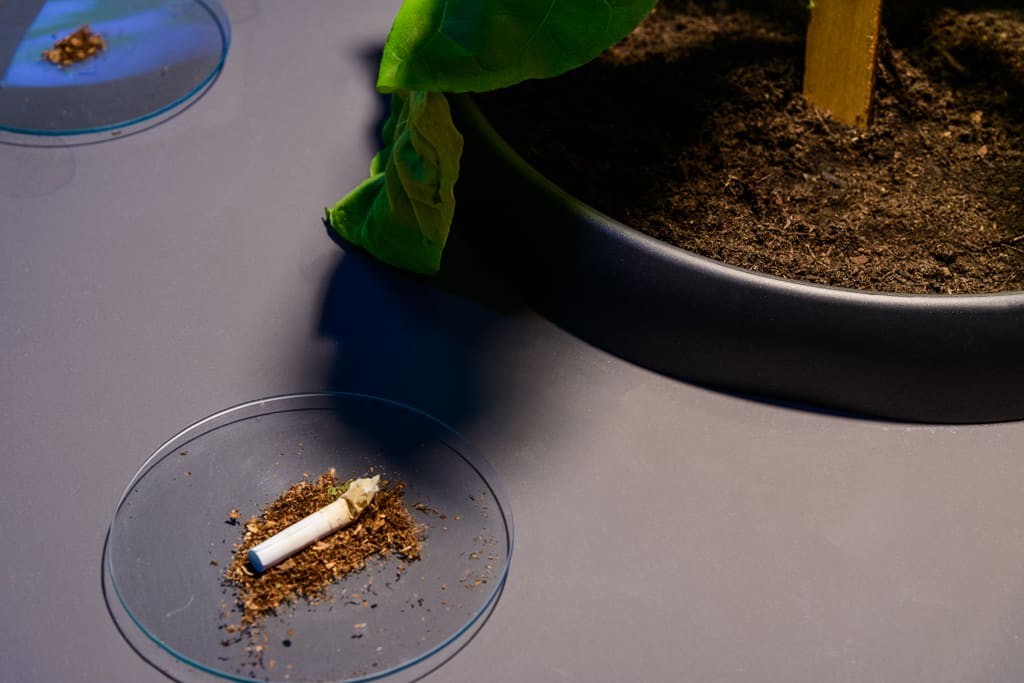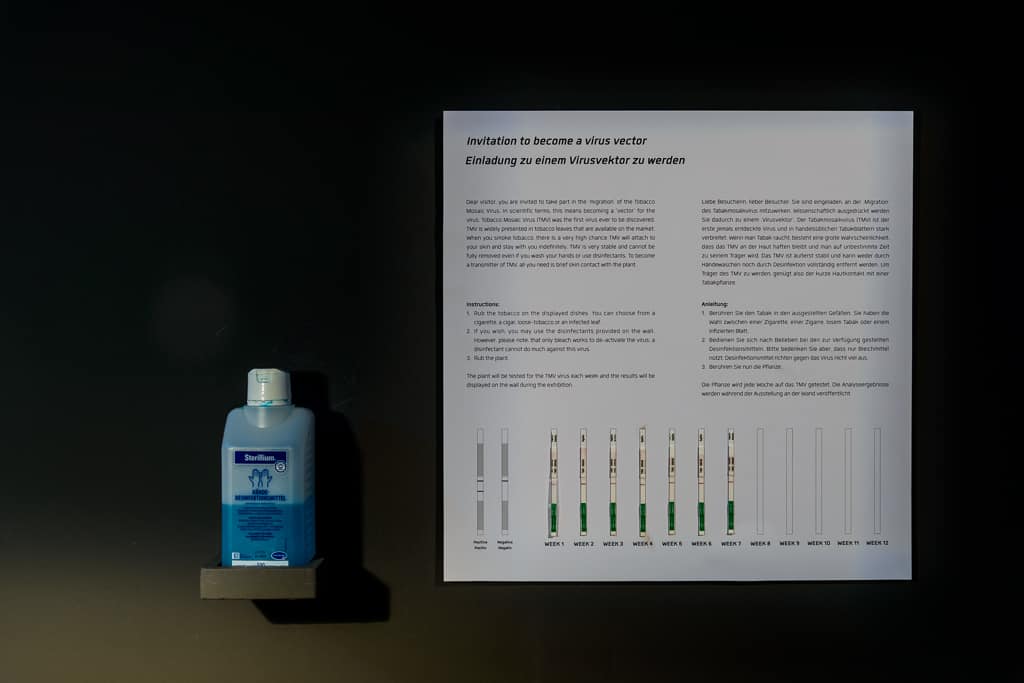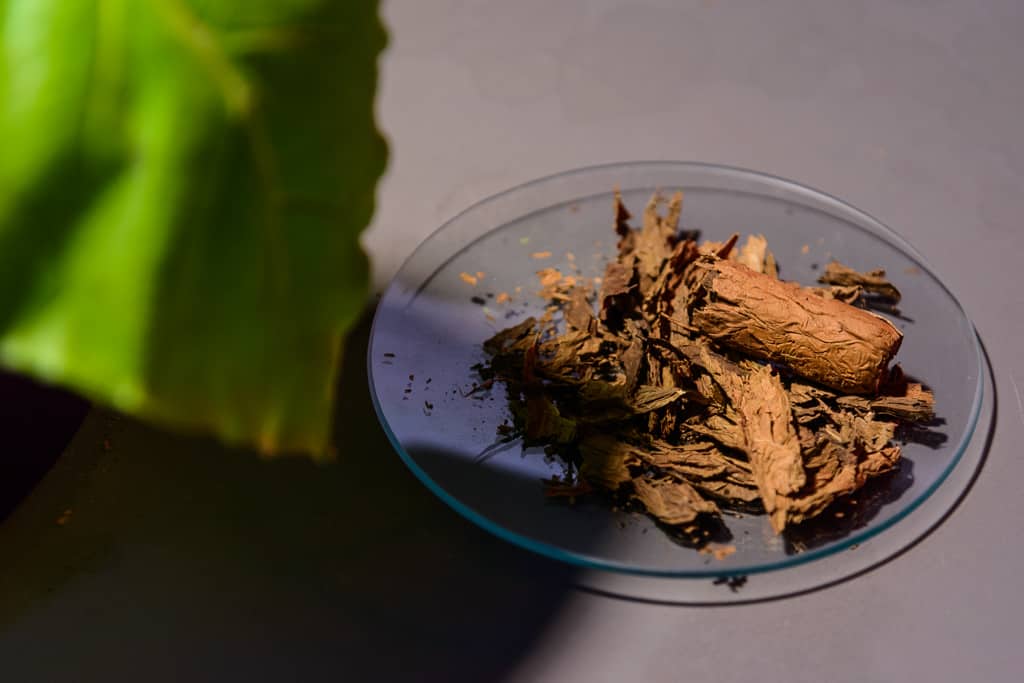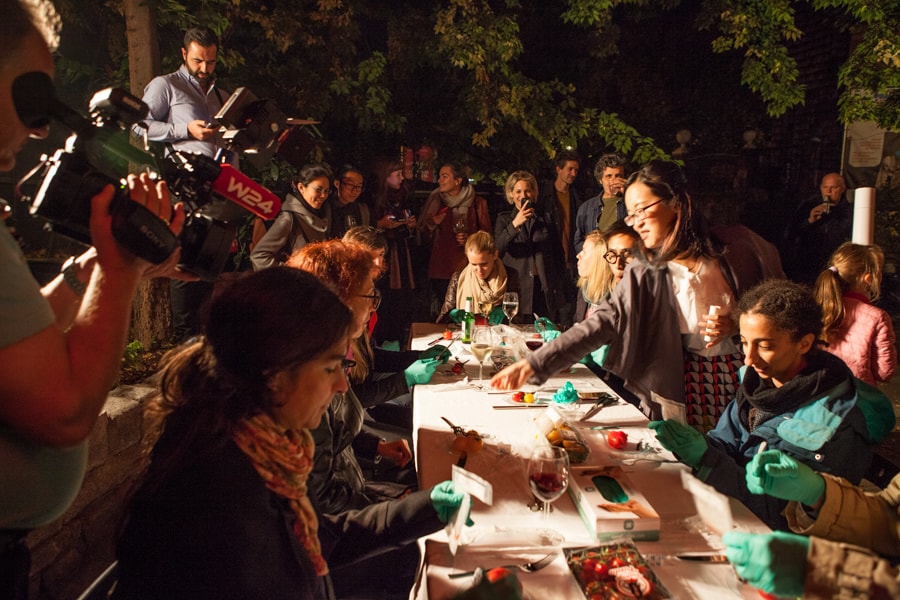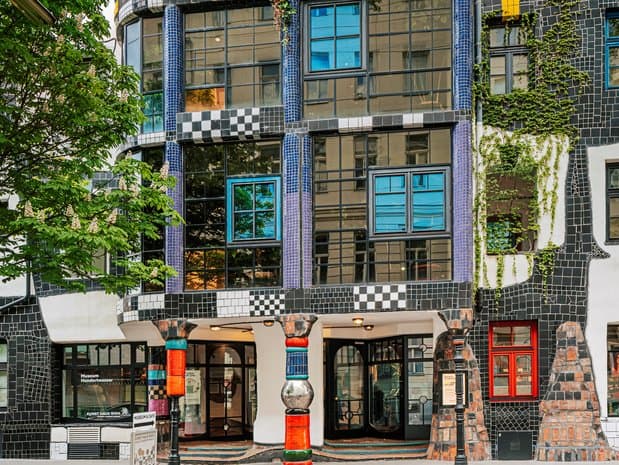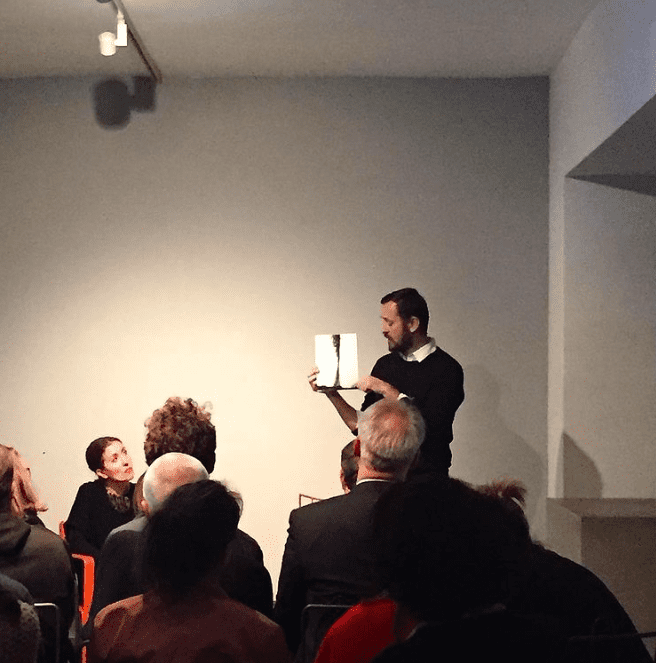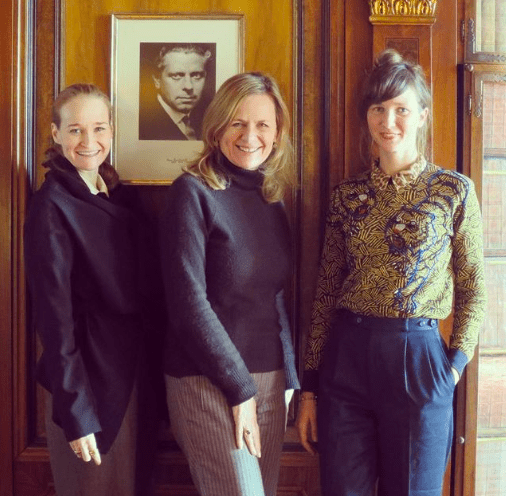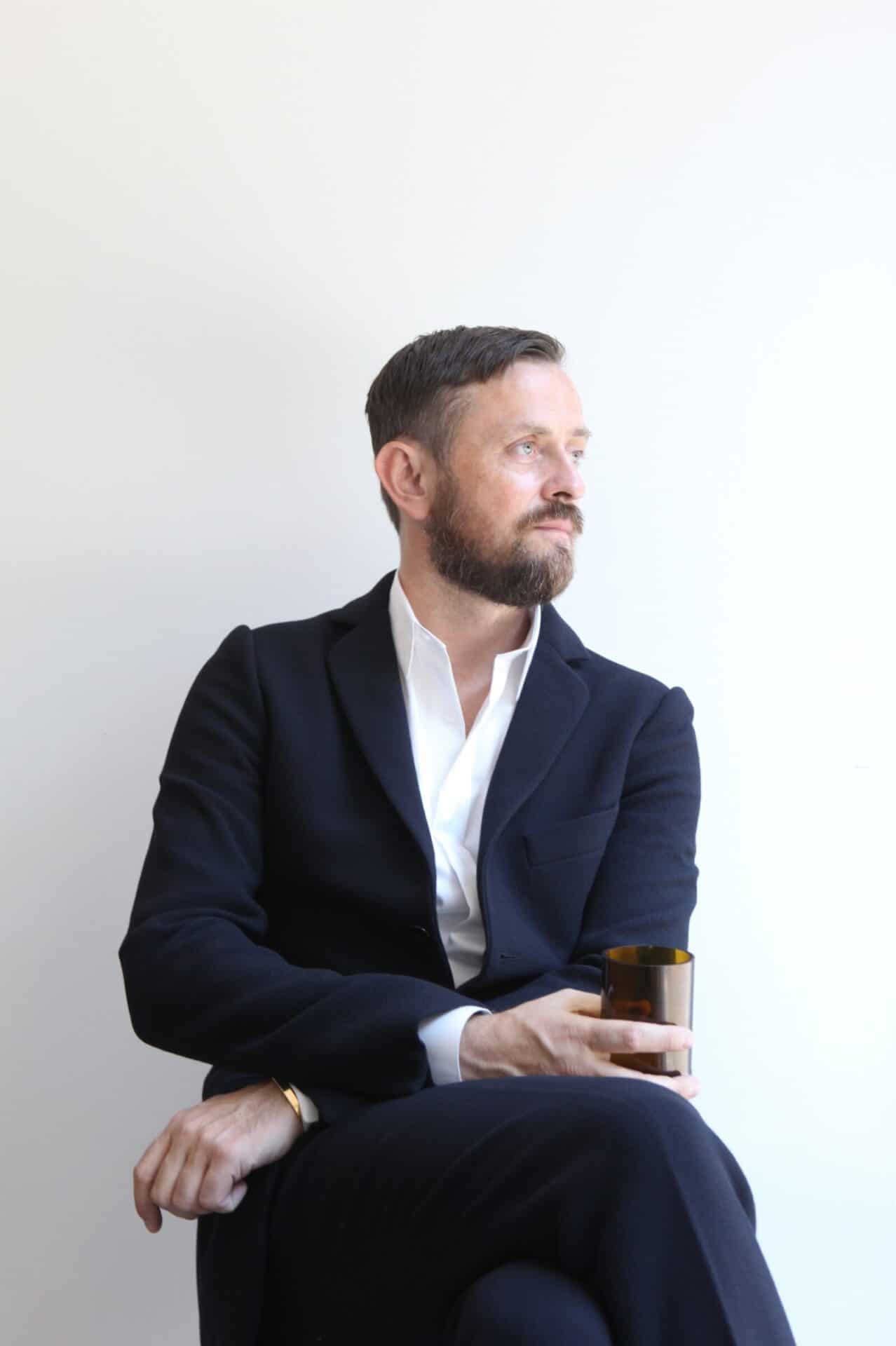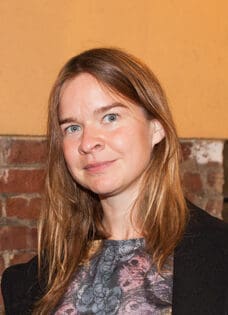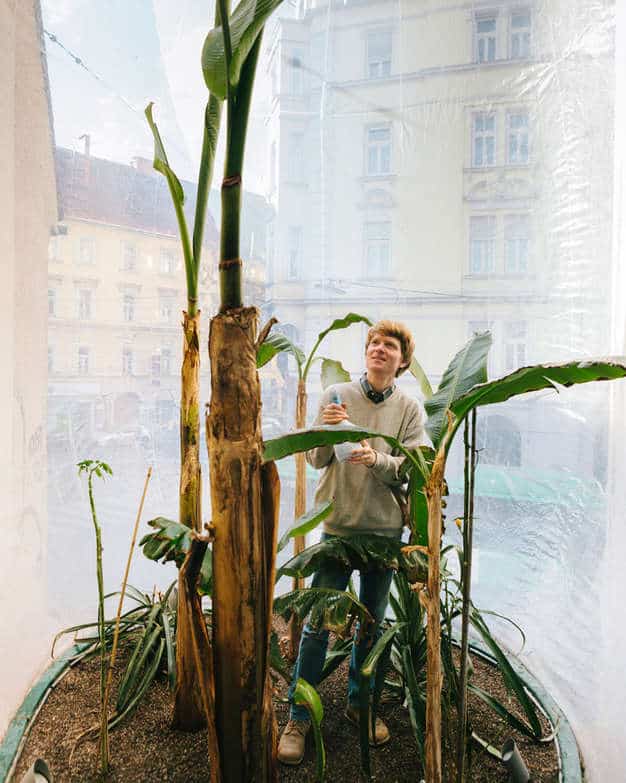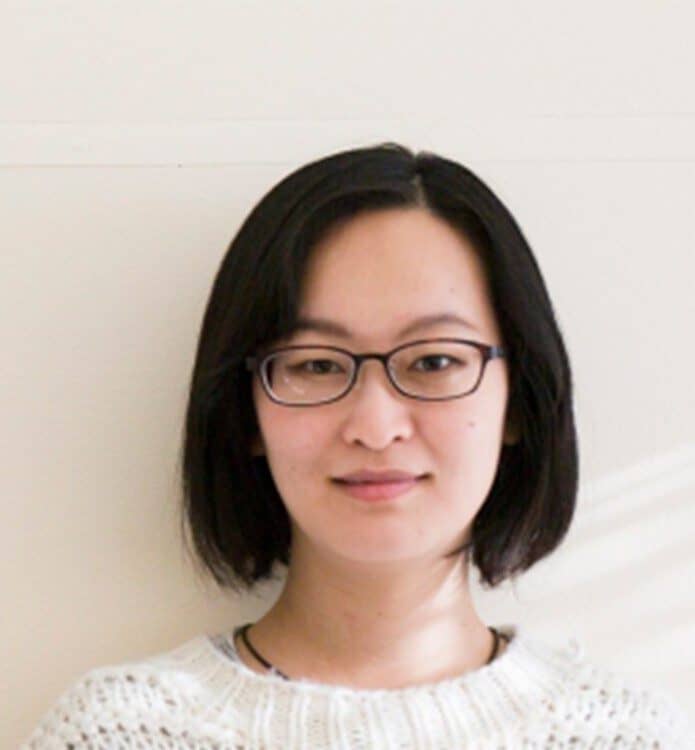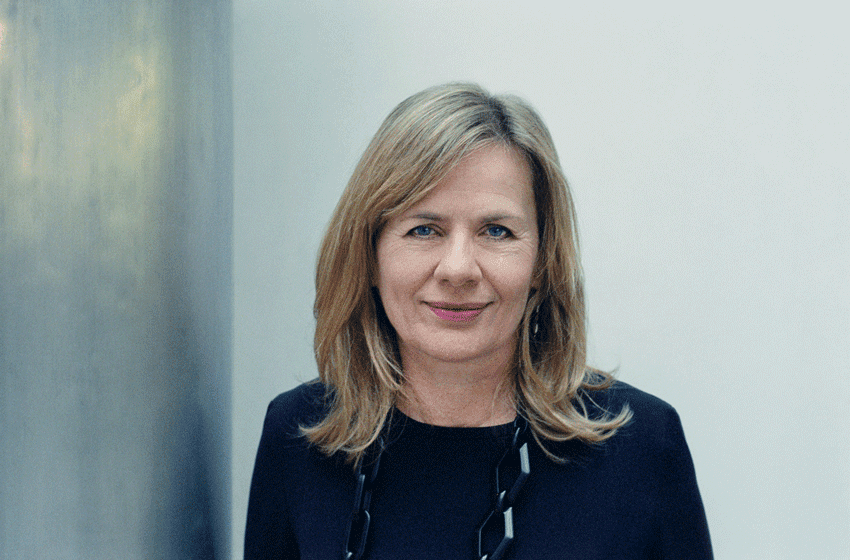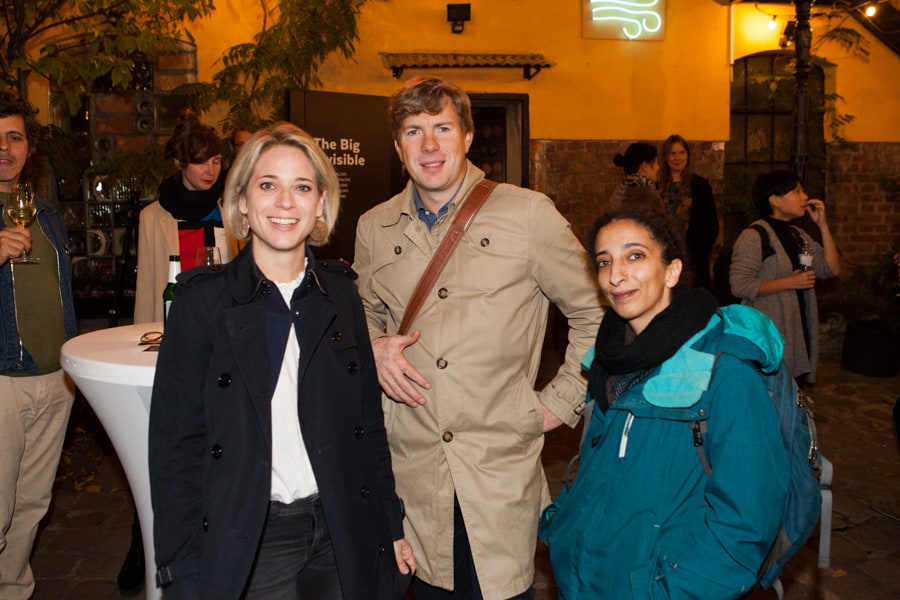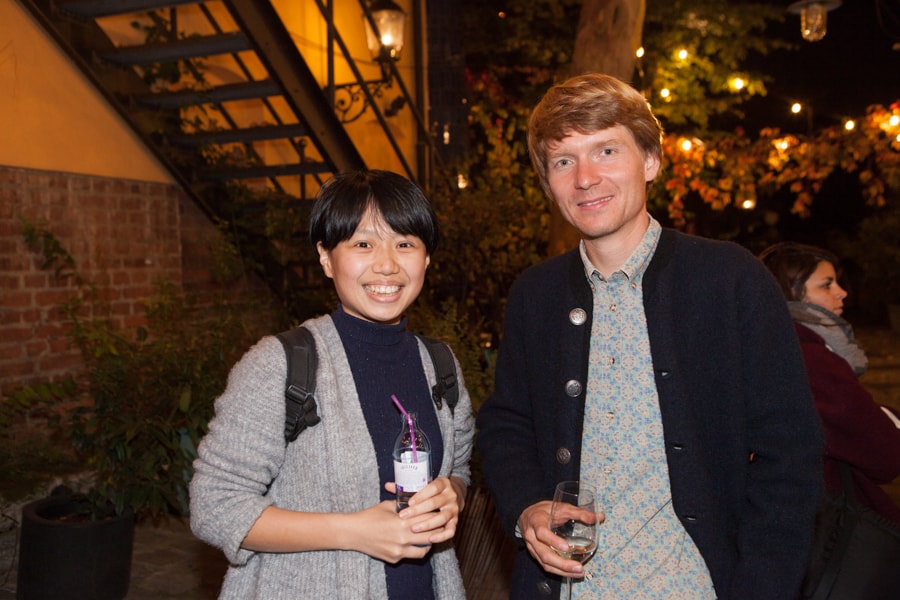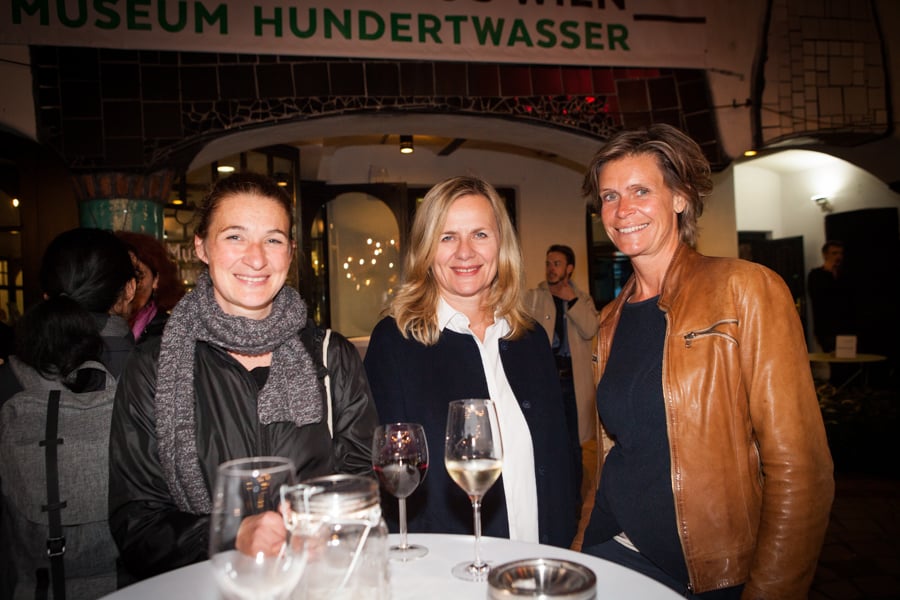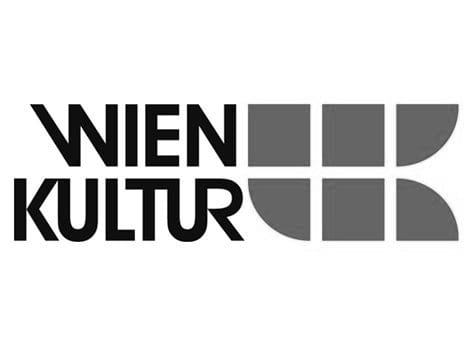Next – Project
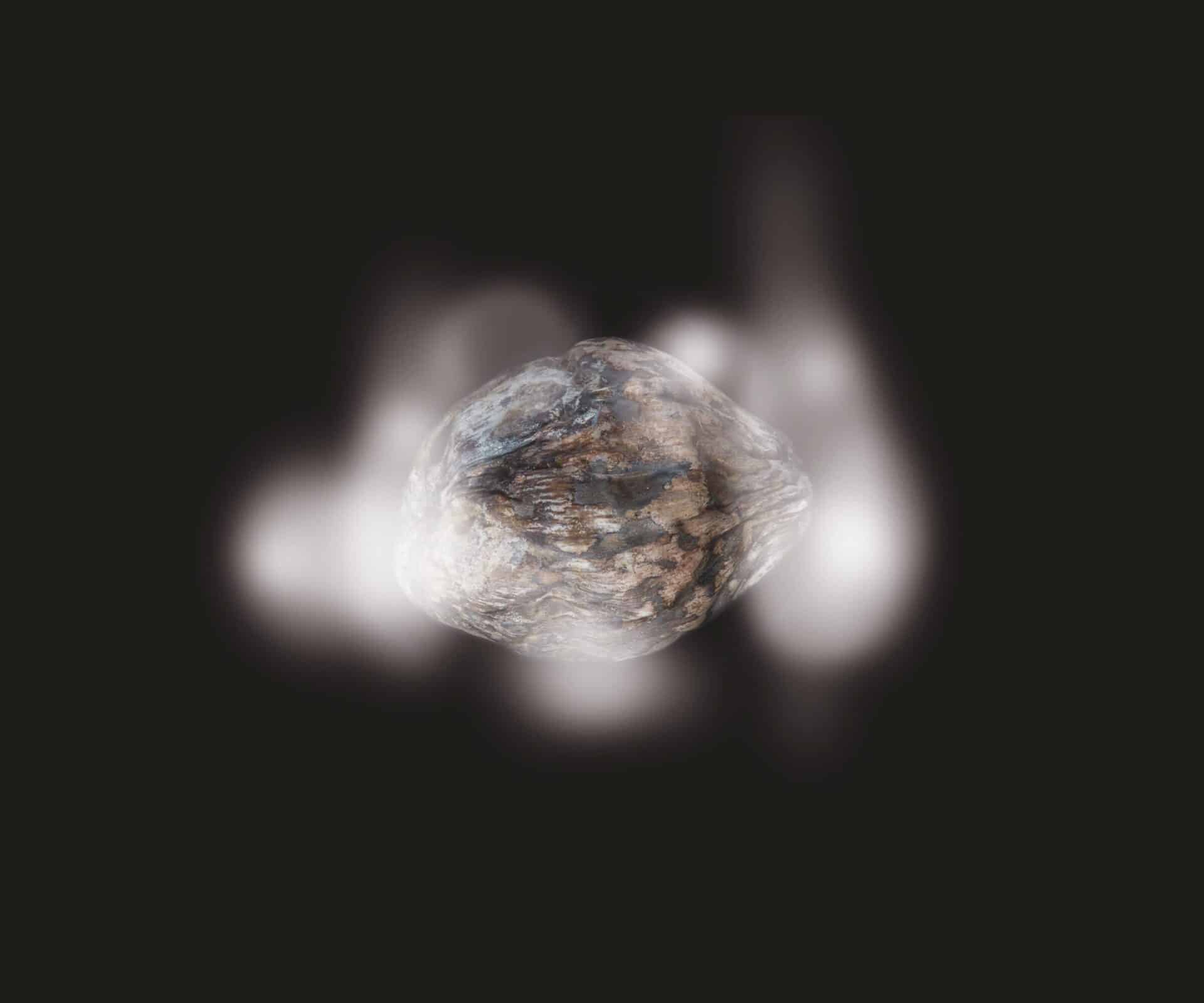
How can we relate to nature’s drastic changes if we cannot see, feel or hear its causes and experience its effects?
This is the underlying question that curators, Jade Niklai and Yasmine Ostendorf investigated in January 2017, as the Kunst Haus Wien’s inaugural curators-in-residence. During this month they undertook 56 interviews across Austria with professionals of the art, architecture, design and science industries. Weekly reading groups with colleagues and the public completed the research period.
The Big Invisible was an accompanying exhibition that brought together five contemporary artists, whose practices address one of the central challenges of our epoch: global environmental destruction caused by human beings. The exhibited artworks reflected on human activities and modes of behaviour that bear negative effects on nature on a global scale. They addressed critical topics, including air pollution, global warming, nuclear radiation and the dangers of oil spills. Controversially, one artwork also challenged the perception of viruses as unconditionally bad and propositioned their usefulness – under strictly controlled conditions – to the longevity of humans and the liveability of planet Earth.
The participating artists work at the intersection of art, research, technology an activist and produce artworks in the disciplines of multimedia, photography, computer simulation, installation, video, sculpture and performance. They often use publicly available data and new technologies to realise artworks about the invisible senses of sight, sound, smell and touch, which allow visitors to explore the associated ideas and their senses literally and interactively.
The exhibited artworks investigated and contextualised current and potential issues, that effect nature and the environment, bringing new questions and discoveries to the debate. From a nuclear radiation on coconuts from the Bikini Atoll to the Pepino Mosaic Virus on European tomatoes, the exhibition provided new insights in to the invisible world around us, bridging contemporary art and citizen science closer together.
Exhibition
The Big Invisible
Curated by Jade Niklai and Yasmine Ostendorf
19 November 2017 to 14 January 2018
Kunst Haus Wien – Museum Hundertwasser, Vienna Austria

Markus Hoffmann
Nucifera Metamorphosis, 2015
Pigmentdruck und Autoradiographie
A fine art print and autoradiography, Nucifera Metamorphosis, represents the invisible power and appearance of radiation in two double-exposure analogue colour photographs of coconuts sourced from the radioactively-contaminated Eniwetok and Bikini atolls in the Pacific Ocean. The film material has been exposed to radioactive sand samples from the atolls, accounting for the bright traces on the photographs.
Dark Fossil Abakus, 2017
Installation (Steel, brass, stone plate, coconuts coated with zircon sand and graphite)
Produced for this exhibition, this installation continues the artist’s use of coconuts as a physical symbol of radioactivity from the Bikini Atoll; combined with the deliberate appearance of a child’s counting beads, the work captures time’s precarious nature.
John Gerrard
Flag (Danube), 2017
Simulation (Mixed media)
John Gerrard’s work portrays a segment of the Danube River near Vienna as the setting of an imaginary gasoline spill. The colours of the water and the reflections of the buildings and trees along the riverbank are photographically documented and laboriously built as a virtual world. With the effect of soft, undulating waves, a life-like impression of an oil spill is imagined footsteps from Europe’s second longest river, which stretches from the Black Forest to the Black Sea.
Flag (Danube) is the latest work from the artist’s Flag series (2015-), which examines four major rivers worldwide: the Danube in Europe, the Nile in Africa, the Amazon in South America and the Yangtze in Asia. Each river holds an important historical and contemporary role in trade and the artworks highlight the central position and vulnerability of nature in pursuing a global economy.
Co-commissioned by Galway International Arts Festival, Thomas Dane Gallery, London and Simon Preston Gallery, New York.

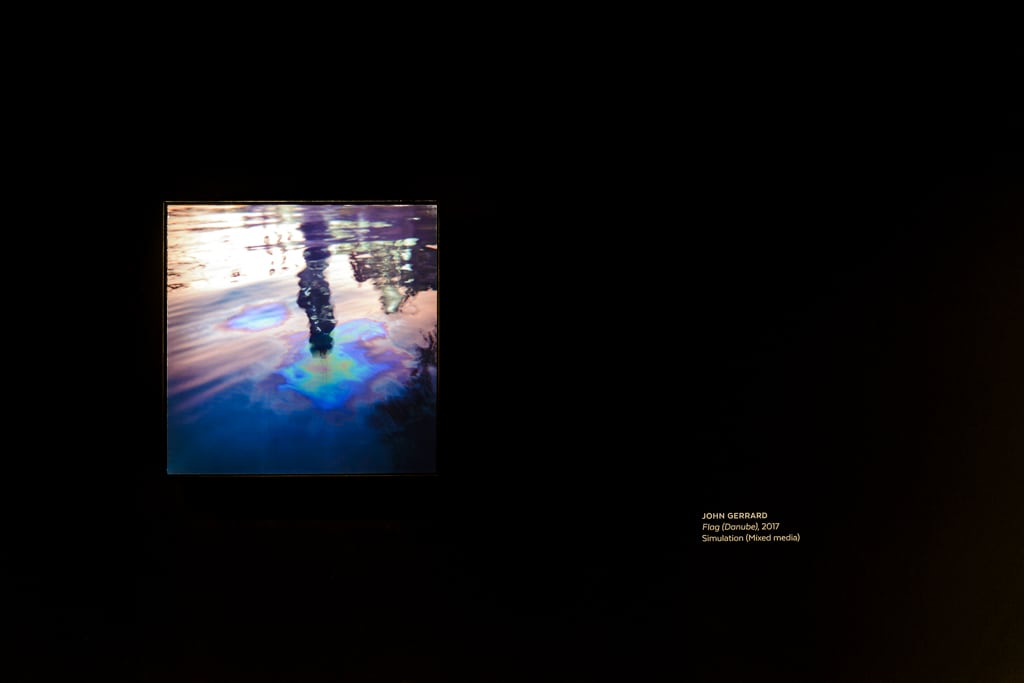
Hanna Husberg
In the Vast Ocean of Air, 2016
Installation (neon, video 16’04’’)
In the Vast Ocean of Air is an installation of five neon sculptures and a video artwork. The neon signs evoke the symbols of climate-controlled environments that are used in homes, shopping centres, public transport facilities and office buildings worldwide. Using the technology and visual language of neon – an innovative signage system of the 20th century and broadly understood as a visual trope of consumer culture – here it represents the processes of heating, cooling, humidification, air circulation and the purification of indoor spaces.
The accompanying video work (16″04) was shot on Svalbard, an arctic archipelago, which has been since the 1600s, continually exploited for its natural resources. The piece uses footage of clouds to trace some of the exchanges of material that impact today’s air and atmosphere. By exhibiting the video indoors, the artist draws attention to Earth’s changing atmosphere and its changing status as a large-scale laboratory.
Three neon works were exhibited on the external walls of the museum and were visible from one of the city’s busiest arterial roads, connected to the rear door of the museum. Two neon sculptures were positioned indoors near the video projection, linking the conversation with the other works in the exhibition.
Markus Jeschaunig
Heat Islands, 2017
Installation (photographs, thermochromatic silk print, wood, fan)
This was a new art commission.
Heat Islands is a new work inviting audience participation. It reveals the complexity of heat in urban environments at a time of rising temperature levels. One of the critical effects of climate change is an overheating of densely populated urban areas around the world. This is compounded by human decisions and behaviours, including the production of energy-inefficient buildings and the overheating and cooling of interior spaces. The result is an increasingly non-circular energy flow in cities, enabling unused energy to disperse in to the urban fabric. The installation presents three photographic prints covered with a layer of temperature sensitive colour. The audience is encouraged to warm up their surfaces by hand or with the available hairdryers. Once the surface temperature exceeds 25°C, a unique image appears. Continuing the artist’s interest in appropriating lost and unused energy in an urban environment, this work invites the visitor to draw personal Heat Islands over three views of Graz – the artist’s home town – and to reflect on one’s own energy uses and behaviours.
The irony was not lost on the artist nor the curators, that due to a particularly cold winter and limited heating in the gallery space, the hairdryers had to be used more than anticipated to realise the artwork’s interactive intention.


Pei-Ying Lin
Virophilia – Tobacco and X, 2017
Installation (tobacco plant, lab equipment, video: 2’30’’) and performance
This installation, comprising a video, installation and performance, is the first iteration of a new series examining the visual and emotional aesthetics of viruses. Viruses are commonly understood as disease agents that cannot exist without hosts whom they invariably infect. As humans, we invariably fear them. Yet viruses are more than just an enemy: at a microscopic level they contribute to the genome of many species, facilitating unexpected but critical functions, such as the formation of human placenta.
Virophilia – Tobacco and X explores the hypothesis that some viruses under safe and controlled conditions can be helpful agents to humankind and to plant life. It visualises the patterns of viral infections and invites people to join the process of infection from a safe plant-based virus. The purpose of this action is to make viewers aware of this otherwise benign, invisible and omnipresent interaction of daily life. The installation begins as a workshop-performance during the opening of the exhibition and marks Lin’s first exhibition in Austria.
The workshop and performance realised at the exhibition opening produced with support from Biofaction, Vienna. Produced with research support from Prof. Rene van der Vlugt at Wageningen University, Waag Society, Mediamatic and National Taiwan Museum of Fine Arts.
Public Programme

Exhibition Opening:




